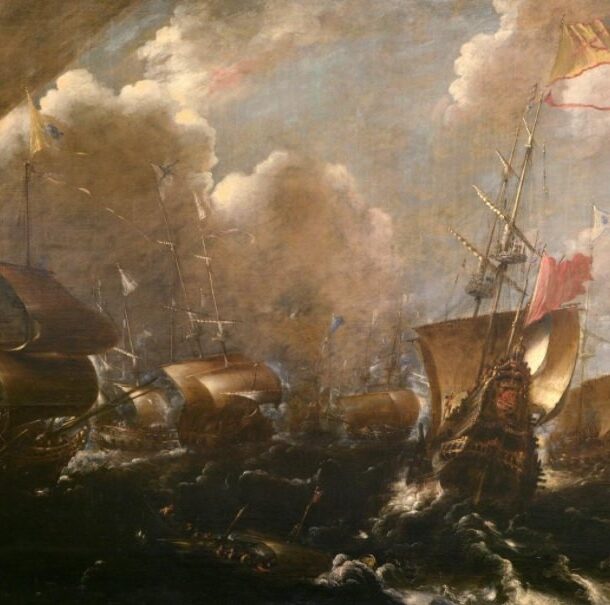
In this work by Alessandro Magnasco (1667-1749) we see a gypsy celebration with a chaotic appearance: the characters eat and drink without moderation and what falls to the ground is devoured by dogs. There is no lack of music at this joyous gathering, played on harp and lute. This, along with dancing, has been one of the occupations of the gypsy people. Some of the most truthful testimonies date back to the end of the 15th century, and are recorded in the account register of Queen Beatriz de Aragón y Chiaromonte, which reflects the payment to several gypsy musicians in exchange for playing for her. In Spain, Gypsies participated with their dances in important local festivities, such as Corpus Christi, or in trade fairs and festivals in honour of patron saints. In addition to the lute, the Gypsy has always been associated with another instrument, the violin. Numerous legends attribute the creation of this instrument to the Gypsies, and the French gypsyologist Clébert’s account is particularly striking: the first violin was made by a Gypsy with hair given to him by the fairy queen Mautya, protector of the poor.
Collection: Images
Project: 4. Family, daily life and social inequality in Europe., 7. Persecuted by justice and powers: rebels, political dissidents and criminals in the history of Europe., 9. Travels and travelers: economic, social and cultural connections.
Chronology: XVIII
Scope: Baccalaureate, University
Link: http://cartelen.louvre.fr/cartelen/visite?srv=car_not_frame&idNotice=1738
Resource type: Image
Format: Oil on canvas, 86x118 cm
Source: Departamento de Pinturas, Museo del Louvre (París)
Language: French
Date: 1730-1735
Owner: Blanca Rodríguez Hernández (Modernalia)
Identifier: R.F. 2619
Copyright: Museo del Louvre (París)
Abstract: Oil on canvas depicting a wedding banquet with gypsies, by Alessandro Magnasco, executed between 1730 and 1735
Tags





